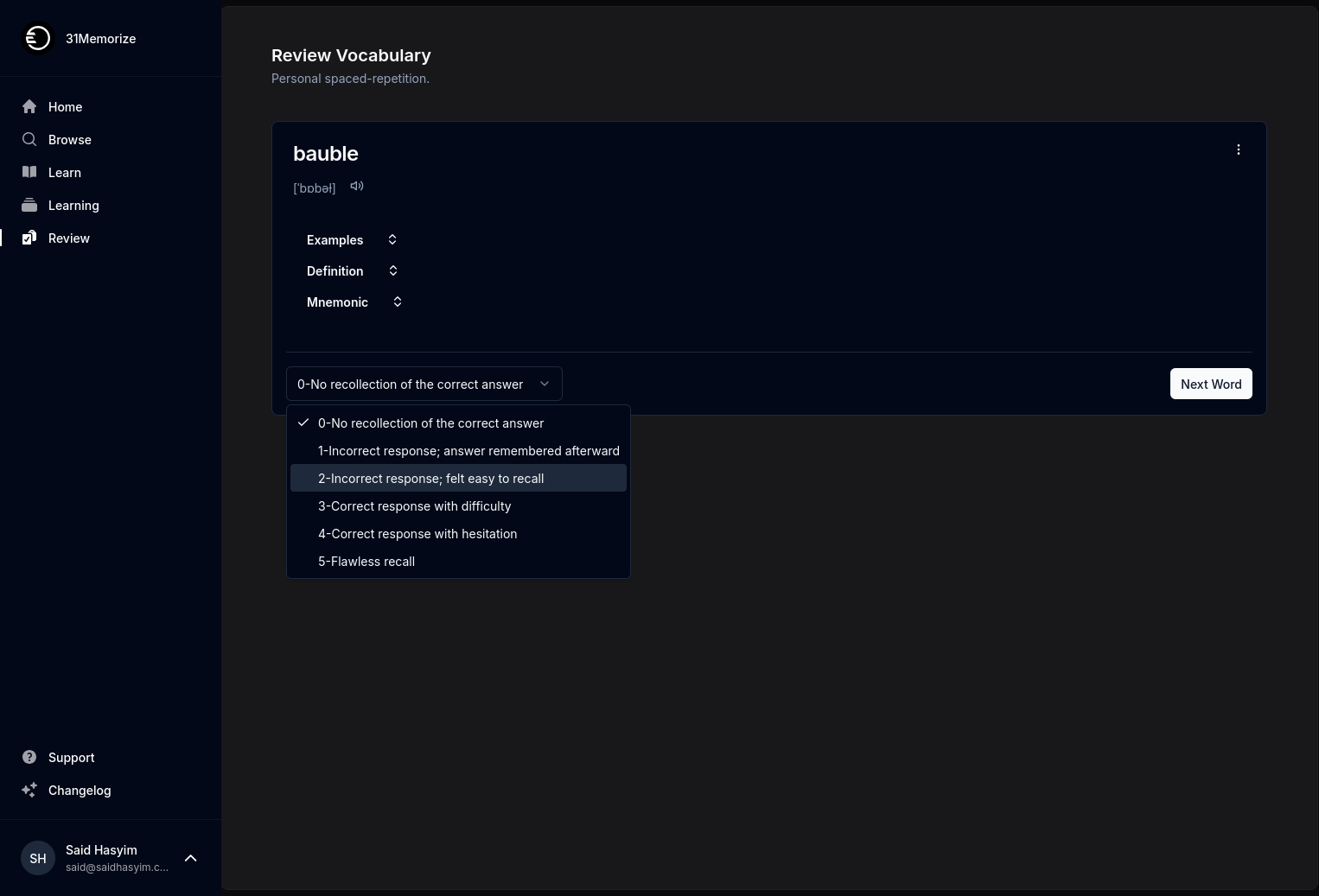The Challenge of Managing Reviews Across Platforms
In today’s digital age, online reviews have become a critical aspect of how businesses are perceived by potential customers. With the advent of social media, e-commerce, and various online platforms, a single review can significantly influence consumer behavior. Managing reviews is not just about gathering positive feedback; it involves strategically handling reviews across multiple platforms, addressing customer concerns, and maintaining a consistent brand image. In this blog post, we will explore the challenges businesses face when managing reviews across different platforms and provide insights into how to navigate this complex landscape.
The Landscape of Online Reviews
Before diving into the challenges, it’s essential to understand the myriad of platforms where reviews are posted. These include:
- Business Listing Sites: Websites like Google My Business (now part of Google Maps), Yelp, and TripAdvisor where customers can leave feedback about a business.
- E-commerce Platforms: Sites like Amazon, eBay, and Etsy that allow customers to review products and sellers.
- Social Media: Platforms such as Facebook, Instagram, and Twitter where users can leave comments and reviews based on their experiences.
- Industry-Specific Forums: Niche websites and forums where customers discuss products, services, and businesses in detail, often leading to valuable insights but also potential pitfalls.
Each platform presents unique features and user demographics, which can complicate the review management process.
The Challenges of Managing Reviews
1. Fragmentation of Platforms
The sheer number of platforms can lead to fragmentation in managing reviews. Customers might leave feedback on various sites, making it challenging for businesses to aggregate and monitor their reviews effectively.
- Inconsistent Feedback: A product that receives five-star reviews on one platform might be criticized on another. This inconsistency can confuse potential customers and tarnish a brand’s reputation.
- Time-Consuming Monitoring: Keeping track of reviews across multiple platforms can be incredibly time-consuming. It requires regular checks and updates, leading to potential oversight.
2. Differing Platform Policies
Each review platform has its set of policies, guidelines, and user behavior dynamics. For example, some platforms emphasize star ratings, while others allow detailed textual reviews.
- Policy Compliance: Businesses need to understand and comply with each platform's rules concerning reviews. A review that may be acceptable on one site could violate another site’s policies, risking deletion or even penalties.
- Responding Appropriately: The tone and style of responses may need to differ across platforms. For instance, a more formal response may be appropriate on LinkedIn, while a casual comment may be suitable for Instagram.
3. Authenticity and Trust Issues
One of the most significant challenges facing businesses today is the question of authenticity. The rise of fake reviews, both positive and negative, complicates the management of reviews.
- Fake Reviews: Businesses might struggle with unsolicited negative reviews from competitors or fake positive reviews from unreliable sources, which can mislead potential customers.
- Building Trust: Establishing a credible reputation becomes more challenging when facing fake reviews. Customers are increasingly discerning, and one negative experience can sway them away from a brand.
4. Navigating Negative Feedback
Negative reviews are an inevitable part of operating in the public eye, and how a business manages them can significantly influence its reputation.
- Rapid Response: Customers expect timely responses to their concerns. Failing to respond quickly can give the impression of neglect, leading to further damage to a brand’s reputation.
- Addressing Concerns Publicly vs. Privately: Deciding whether to handle a complaint publicly on the review platform or reaching out privately to resolve the issue can be challenging. Both methods have their pros and cons, and businesses must tailor their approach based on the situation.
5. Leveraging Feedback for Improvement
Reviews can provide valuable insights into customer preferences and experiences. However, translating this feedback into actionable improvements poses its own challenges.
- Data Analysis: Businesses need to collect and analyze feedback across multiple sources to identify trends and common pain points. This requires a systematic approach to data collection and analysis.
- Integration with Business Strategy: Integrating feedback into the overall business strategy can be difficult, especially in organizations that operate across multiple locations or departments.
Strategies for Effective Review Management
Given the challenges outlined, businesses can adopt several strategies for effective review management:
1. Centralize Review Monitoring
Utilizing review management tools can help consolidate reviews from various platforms into one dashboard. This allows businesses to monitor feedback more efficiently and respond promptly.
2. Develop a Response Strategy
Creating a standardized response strategy for both positive and negative reviews helps maintain consistency in communication. Training staff on appropriate response techniques can streamline this process.
3. Encourage Authentic Feedback
Encourage satisfied customers to leave reviews on multiple platforms. Implementing follow-up emails after purchases or services can facilitate honest feedback and help increase the volume of reviews.
4. Use Feedback Responsibly
Analyzing feedback for patterns can provide great insights into customer preferences and trends. Share this information with relevant departments to drive improvement across products or services.
5. Stay Informed of Platform Changes
Regularly review the policies and guidelines of the platforms where reviews are gathered. Staying informed helps prevent violations and enables better engagement with customers.
Conclusion
Managing reviews across multiple platforms poses several challenges, but it is not insurmountable. By centralizing monitoring efforts, developing a proactive response strategy, and using feedback for continuous improvement, businesses can create a robust review management process. Ultimately, the way a company handles reviews – both positive and negative – speaks volumes about its commitment to customer satisfaction and can drastically influence the perception of brand value in an increasingly connected world. As this landscape continues to evolve, businesses that adapt will find themselves ahead of the game, turning challenges into opportunities for growth.
